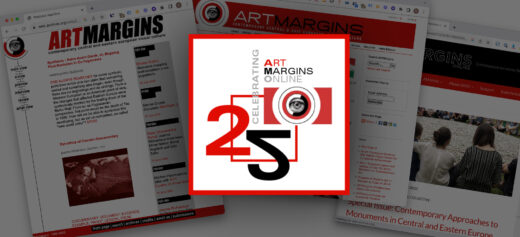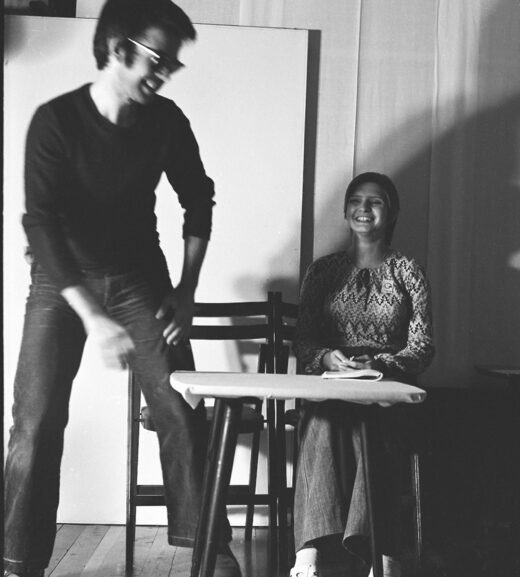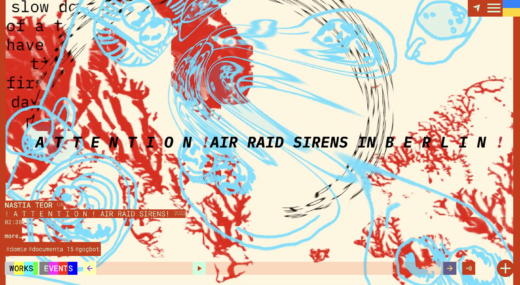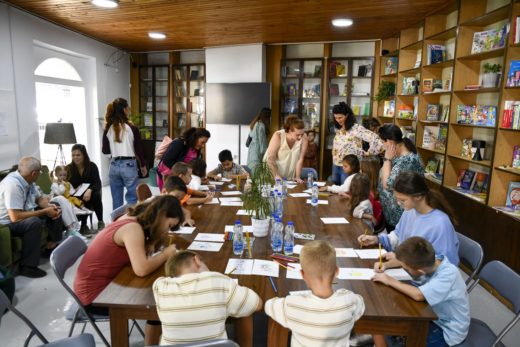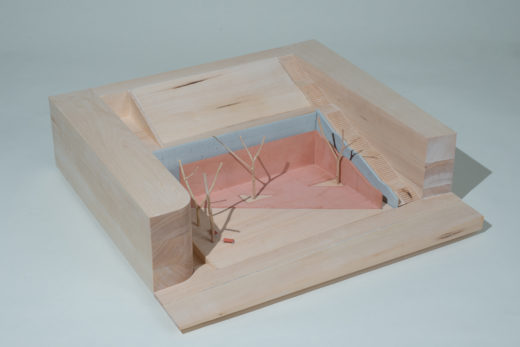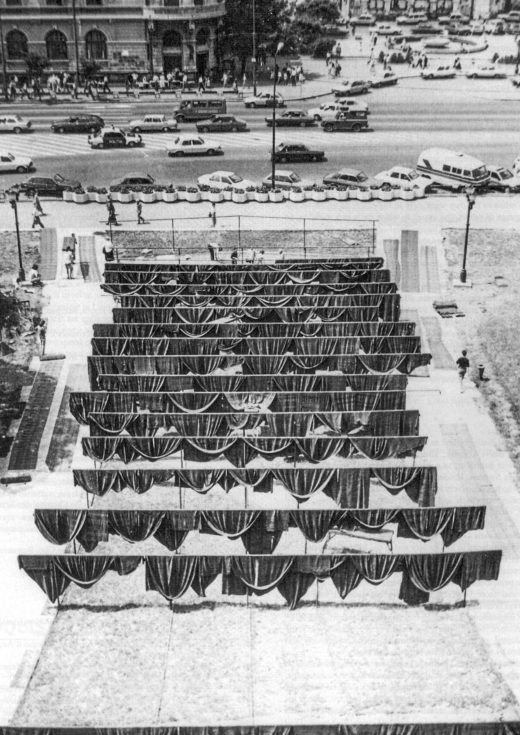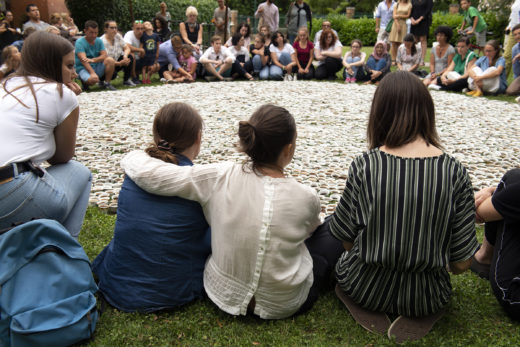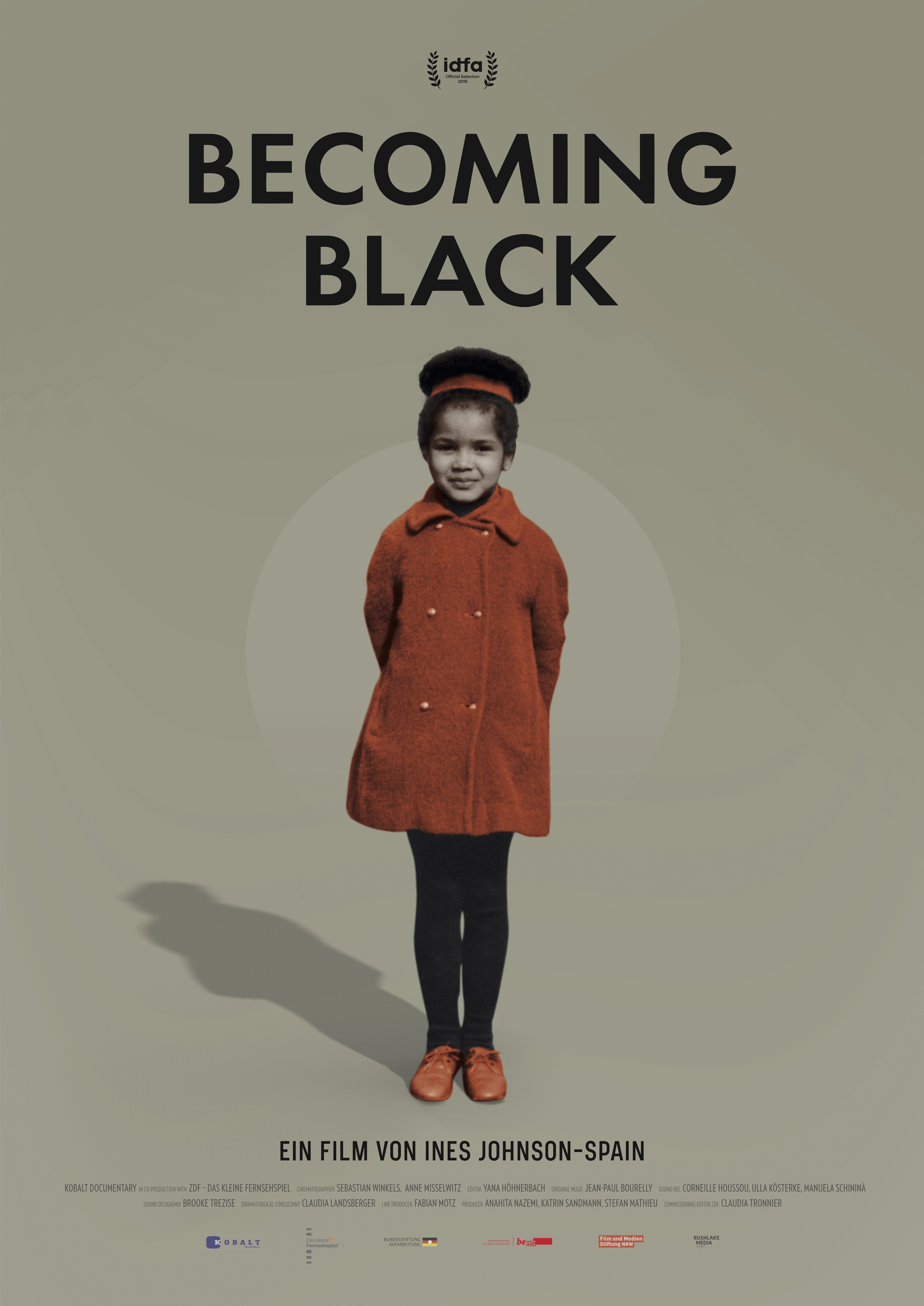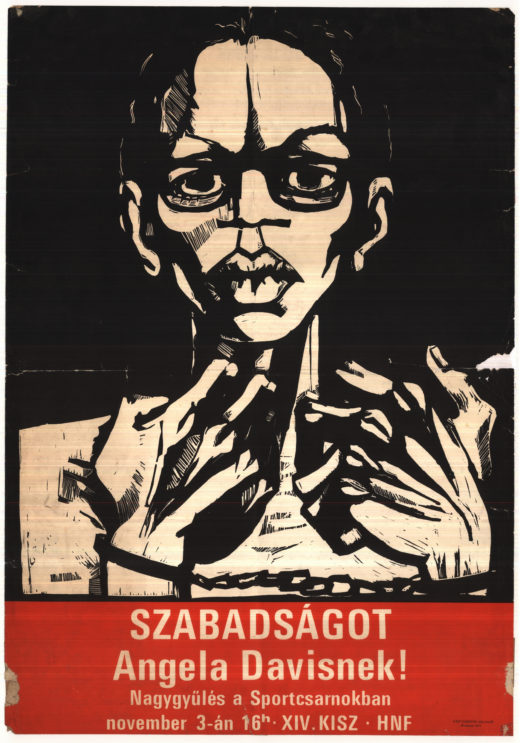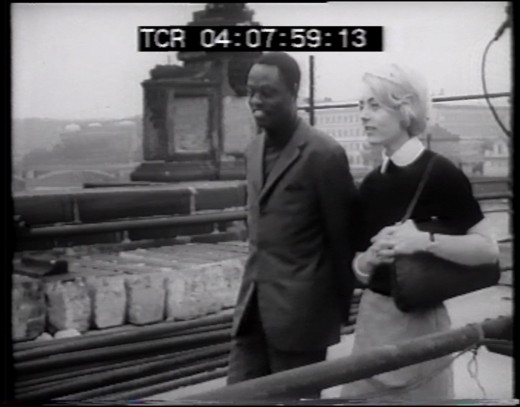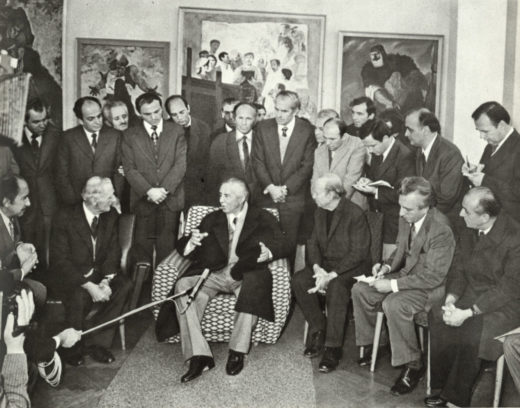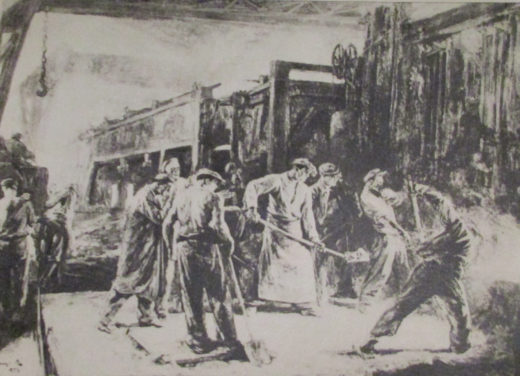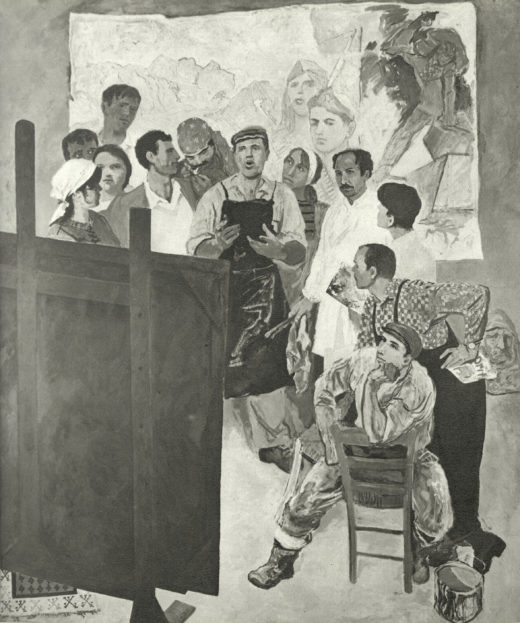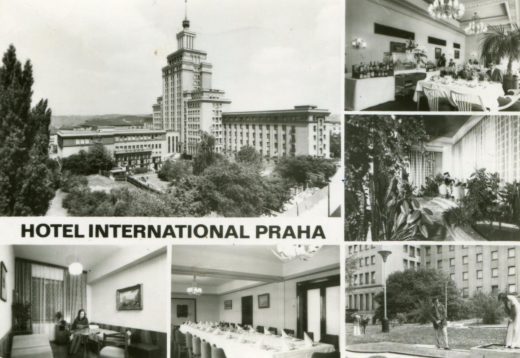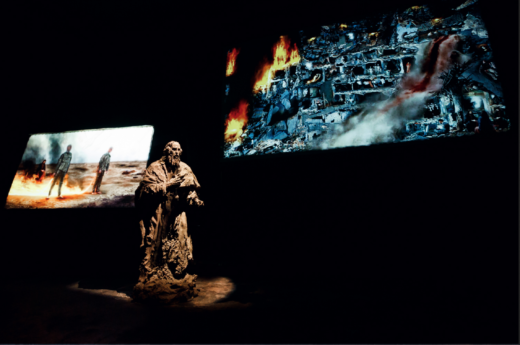ARTMargins Online Celebrates 25 Years!
ARTMargins Online (AMO) published its first article on January 15, 1999, an interview with art critic and theorist Boris Groys by AMO founding editor Sven Spieker. Since then we’ve published nearly a thousand essays, reviews, interviews, podcasts, and critical texts exploring postwar and contemporary art from East Central Europe in a global context.
Throughout this year, we’ll be reflecting on these 25 years by inviting our authors to delve into the AMO archive to explore perspectives that can illuminate our present, and by organizing conversations involving artists, critics, curators, and researchers from Eastern Europe and beyond to reflect on the … Read more

